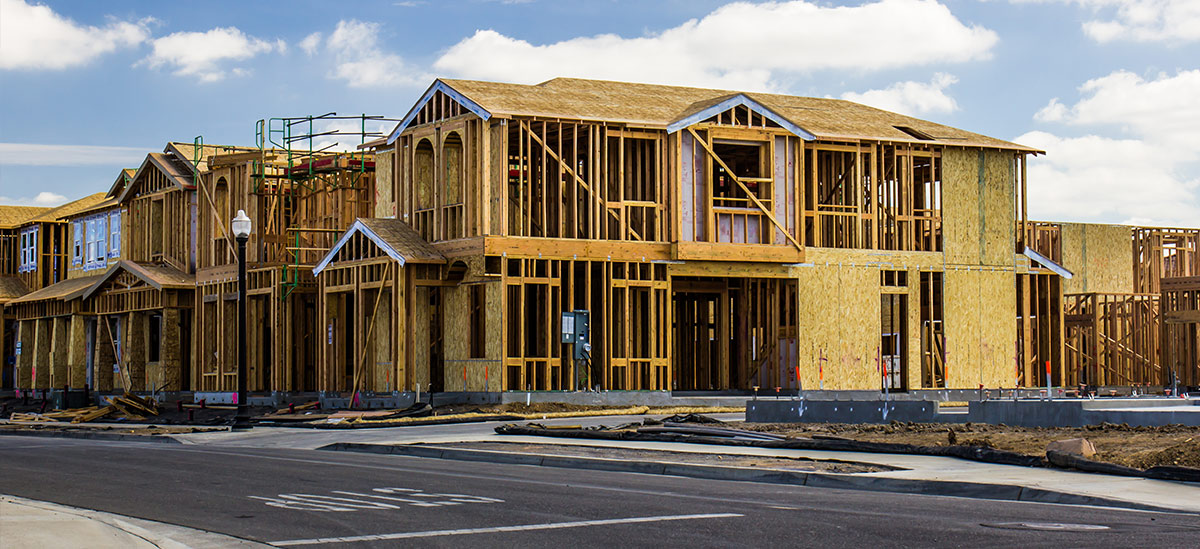
Mitigating uncertainty and risk can be critical to a successful commercial real estate project. Financing costs are a major component, and removing interest rate risk can be the difference between a successful or struggling project.
A forward starting interest rate swap is similar to a traditional interest rate swap in that two parties agree to exchange interest payments over a pre-determined time period. The fundamental difference between a traditional swap and forward starting swap is the timing of when interest begins to accrue and payments are exchanged.
Using a traditional swap, interest begins to accrue immediately with payments due on a monthly, quarterly or semi-annual schedule thereafter.
With a forward starting swap, the two parties agree to exchange interest payments beginning on a future date.
Future interest rate risk protection is established immediately as the fixed rate payer knows the fixed interest rate at the time of the agreement even though interest accruals and payments do not take effect until a later date.
Reasons to Consider Utilizing a Forward Starting Swap
Forward starting swaps are particularly useful in financing arrangements that include a draw period.
A construction loan converting to a term loan is a common example where a forward starting swap can be used to mitigate future interest rate risk. The borrower can lock in the financing cost, at the present time, for the term loan that will take effect after the conclusion of the draw period.
This can be especially useful when budgeting commercial real estate projects with a construction period or lengthy leasing and stabilization period.
Forward premiums have fallen to multi-year lows, providing cost-effective interest rate protection.
This decline in forward premiums allows borrowers with floating-rate debt to remain floating until the swap becomes effective, while at the same time locking in a known fixed rate to manage future interest rate risk.
For some swap structures, forward premiums are negative (see chart below), allowing the borrower to lock in a fixed interest rate profile at a lower rate than a traditional swap.
Bloomberg Data as of 7/27/2023
View accessible version of this chart
When to Use a Forward Starting Swap
Borrowers should consider the timing of the expected financing to ensure alignment of the forward starting swap’s effective date with the funding date of the loan being hedged.
For example, if construction of a commercial real estate project is delayed, causing a delay in the conversion of the construction loan to a permanent loan, the swap may need to be amended to match the terms and timing of the amended loan facility.
Additionally, if the final drawn amount increases due to an increase in construction costs, the borrower may choose to amend the forward starting swap to match the loan amount.
Making an amendment to a swap could come as a cost or benefit to the borrower and will be dependent upon the prevailing market conditions at the time of the amendment and the specific terms being amended.
Accessible Version of Charts
1 Year Forward - 5 Year Term
Date |
Fwd. Start Premium (bps) |
7/31/2018 |
7 |
10/31/2018 |
6 |
1/31/2019 |
(1) |
4/30/2019 |
(1) |
7/31/2019 |
(3) |
10/31/2019 |
(1) |
1/31/2020 |
(2) |
4/30/2020 |
10 |
7/31/2020 |
8 |
10/31/2020 |
17 |
1/31/2021 |
25 |
4/30/2021 |
38 |
7/31/2021 |
26 |
10/31/2021 |
28 |
1/31/2022 |
18 |
4/30/2022 |
8 |
7/31/2022 |
(7) |
10/31/2022 |
(27) |
1/31/2023 |
(42) |
4/30/2023 |
(41) |
7/27/2023 |
(44) |
Bloomberg Data as of 7/27/2023






